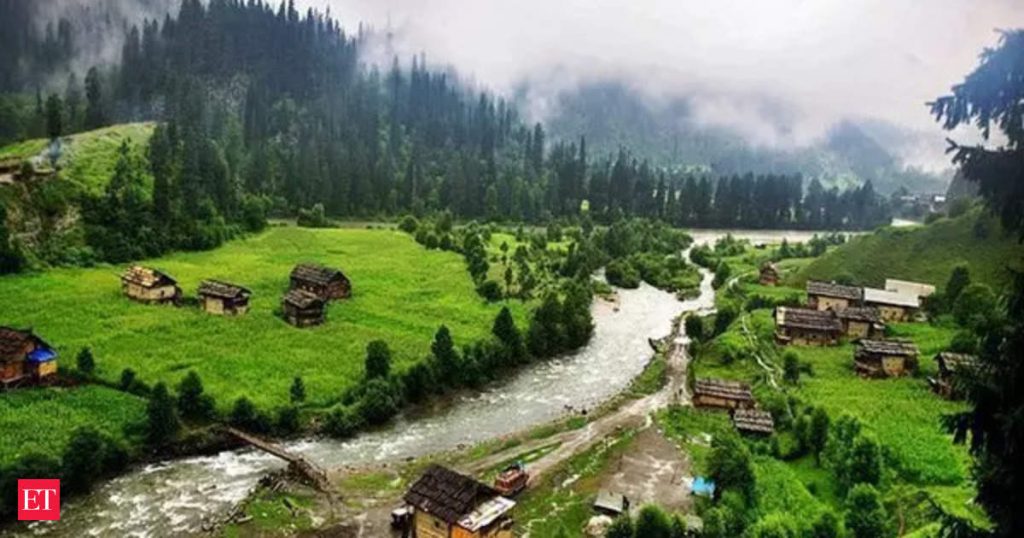India was ranked 54th in the previously released index in 2021, although changes to the index's parameters limit its comparability with previous years.
After the United States, Spain, Japan, France and Australia are among the top five in the 2024 ranking.
The index, prepared in collaboration with the University of Surreyshowed that India is very competetive price (18th) and prides itself on being competitive Air Transport (26th) and Land and port infrastructure (25th).
In particular, India's strong natural (6th), cultural (9th) and non-recreational (9th) presence Resources helping to boost travel, and the country is only one of three countries to appear in the top 10 for all resource pillars, the WEF said.
In addition, despite a decline compared to 2019, the country still obtains good results in terms of travel and tourism request sustainability, notably thanks to more sustainable long stays among incoming visitors. He further said that like many economies, favorable conditions for travel and tourism in India have been affected by global inflationary trends on the supply side for the sector, with price competitiveness declining, while that air transport and tourist services infrastructure has not yet returned to its 2019 level. As a result, the country's overall TTDI (Travel and Tourism Development Index) score is 2.1% lower than its 2019 level.
High-income economies in Europe and Asia-Pacific remained at the top of the index.
“International tourist arrivals and the travel and tourism sector's contribution to global GDP are expected to return to pre-pandemic levels this year, driven by the lifting of COVID-19 travel restrictions and strong pent-up demand “, said the WEF.
The Middle East recorded the highest recovery rates of international tourist arrivals (20 percent higher than the 2019 level), while Europe, Africa and the Americas all showed strong recovery. 'around 90 percent in 2023.
The biennial index analyzed the travel and tourism sectors of 119 countries around a range of factors and policies.
Germany is ranked 6th, followed by the United Kingdom, China, Italy and Switzerland in the top ten.
The results highlighted that higher-income economies generally continue to benefit from more favorable conditions for travel and tourism development.
This has been facilitated by conducive business environments, dynamic labor markets, open travel policies, strong transport and tourism infrastructure, and well-developed natural, cultural and non-leisure attractions.


